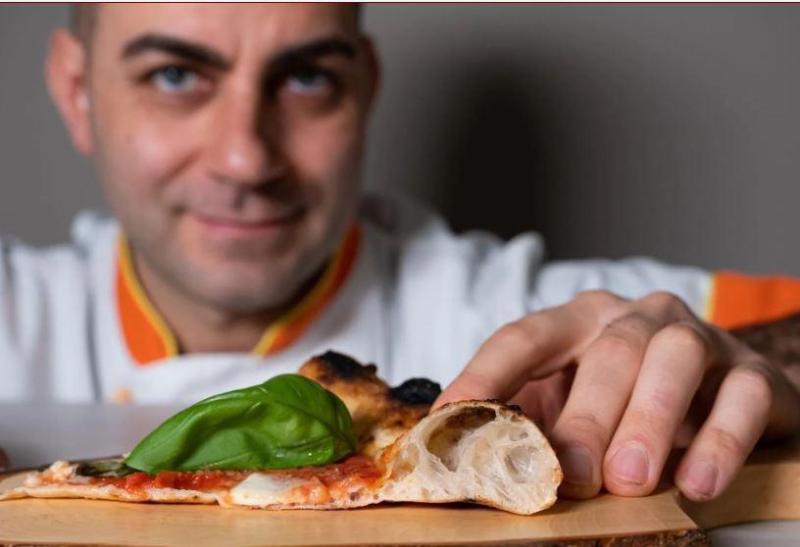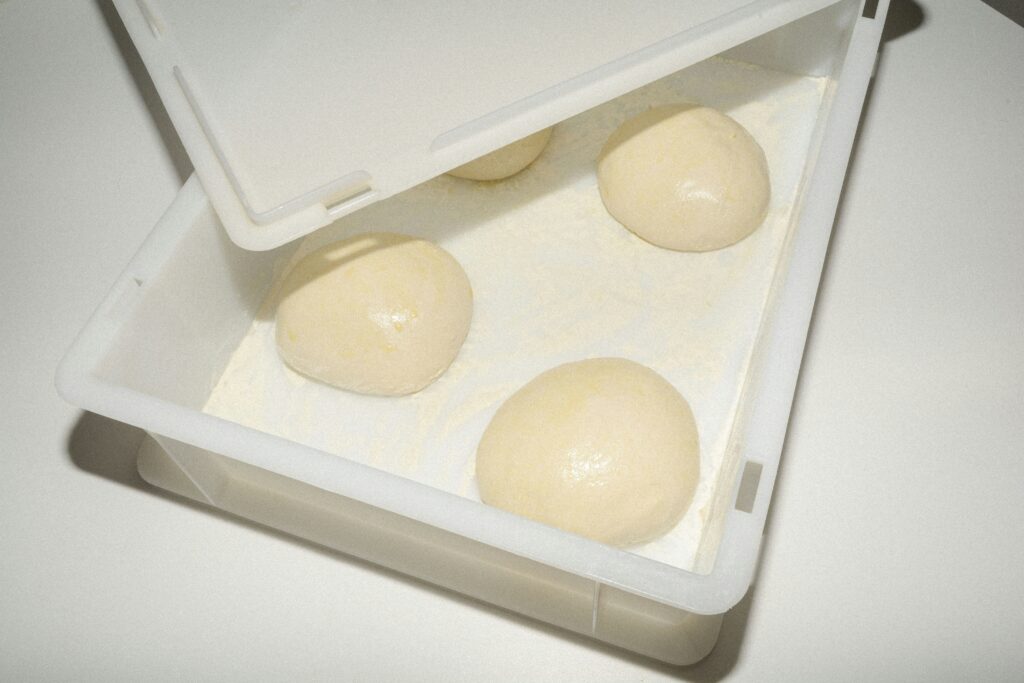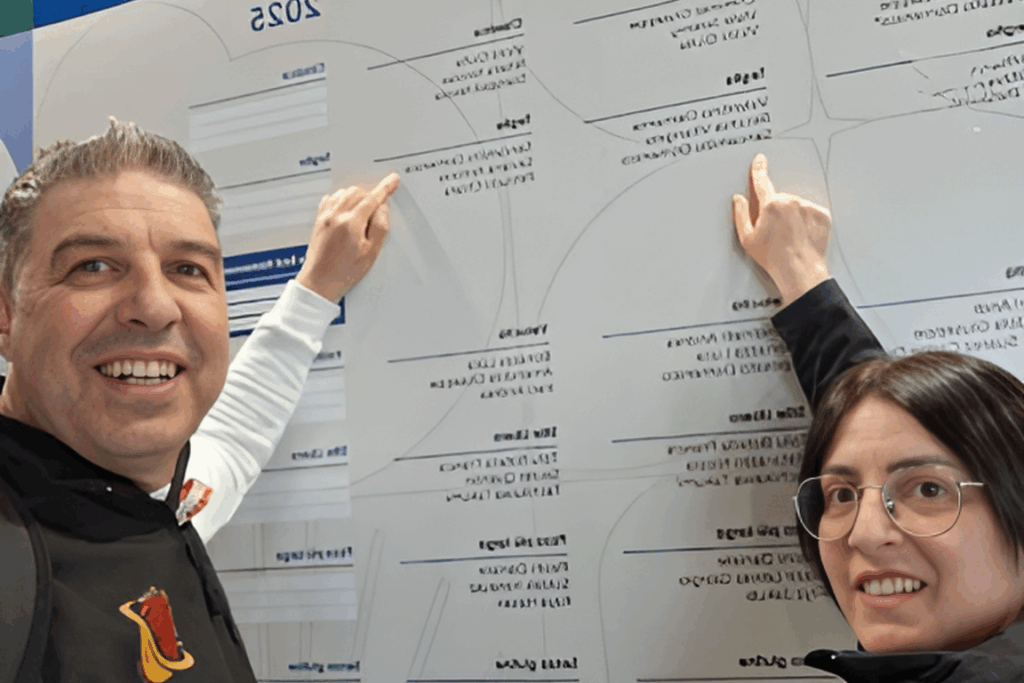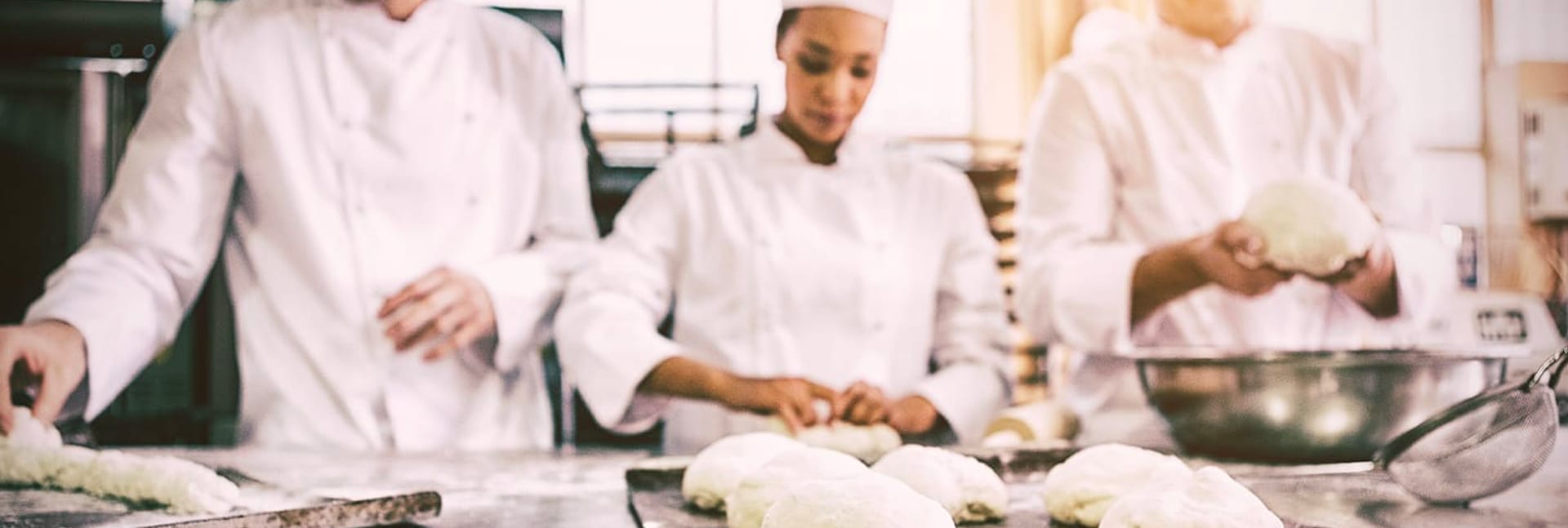
Does the perfect dough exist and why is it important to pay attention to the temperature?
Every professional knows that the perfect dough does not exist; however, they are always looking for it. In fact, it is often possible to obtain perfection by managing certain details in the best way possible, such as the choice of flour, processing technique, weight of ingredients – including water – control of temperatures and kneading time, and finally, management of leavening and maturation.
In this article I would like to focus on the importance of monitoring dough temperatures, an essential aspect to better manage leavening.
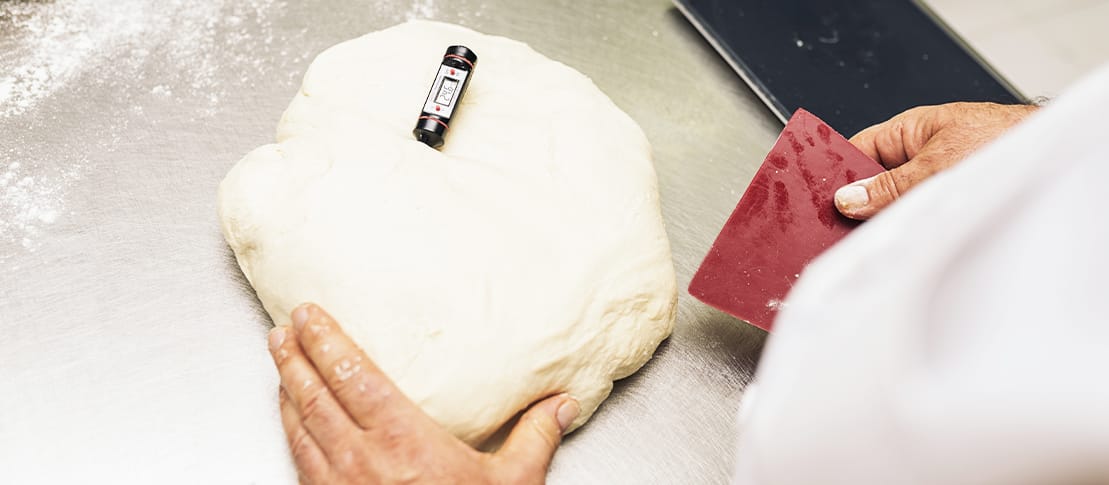
The advisable temperature for pizza dough is from 22° to 26° C. It seems evident the importance of reaching a specific dough temperature in order to obtain a balanced management of leavening. The optimal temperature of the dough can be obtained by analyzing some factors that influence the final product during kneading process. The temperature of the flour, of the environment, of the water and the temperature generated by the action of the kneading machine are crucial factors in the management of kneading process. The first three are easily measurable with a thermometer, whereas the last one depends on the type of kneading machine used.
On the market there are three types of kneading machines: the fork kneading machine, the slowest one, which generates a dough heating of 3° C on average; the plunging arm kneader, which raises the temperature of about 6°C and the spiral kneading machine, the most performing one, which raises the dough temperature of about 9°C on average.
In order to control the final temperature of the dough it is essential to measure the temperature of water, the only element on which we can operate. By using a formula which considers the temperature of flour, the temperature of the room and the degree of overheating of the kneader used, we can accurately calculate the temperature of water, which will be used to bring the dough to the desired temperature. As a practical example, if we wanted to bring the dough to 22°C, we will multiply the desired final temperature by three (22×3) and subtract from the product of this multiplication the sum of the three values described above (Flour temperature, room temperature and temperature of the kneader). The result obtained is the temperature of the water to be added to the dough.
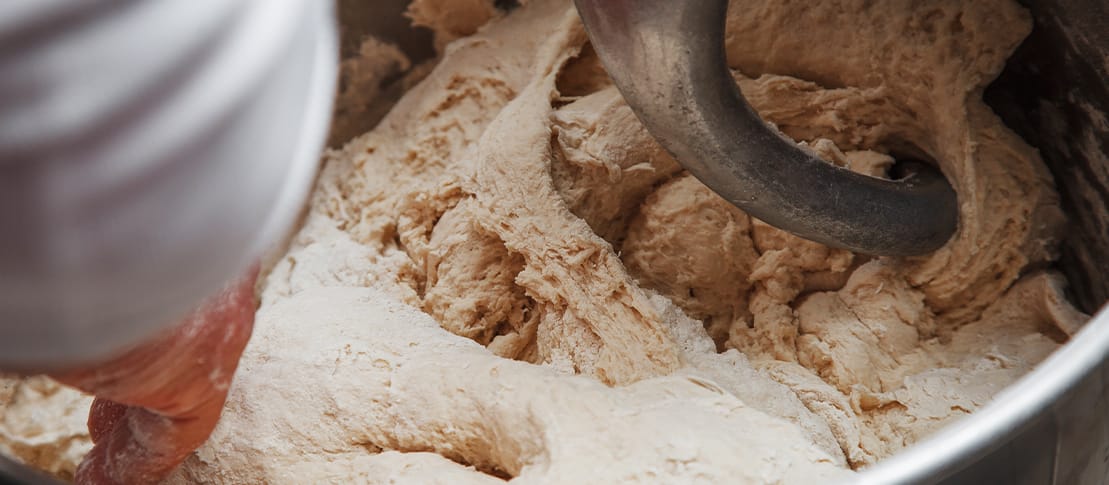
As we have seen, the final temperature of dough is one of the most important internal factors; however, the fermentative capacity and the physical properties of dough are also influenced by other factors, such as, the quality of flour, the abundant presence of simple sugars, the presence of malt and the percentage of salt.
External factors influencing leavening are temperature and humidity of the room. The action of yeast and therefore leavening, depends on temperature. Around 2-4° C, the activity of yeast is very reduced, it produces little carbon dioxide and the dough rising is slowed down. Going up to temperatures of 4-6 °C, yeast starts to increase its activity. Yeast activity increases exponentially between 20-30°C, reaching ideal conditions for fermentation at 28-30°C. Finishing with the dough at the correct temperature allows to balance the leavening process in an optimal way, especially in case the maturing and leavening process takes place in the refrigerator. Also in this case the temperature of the dough is very important, because if we finish the dough without controlling the temperature, we will obtain a non-constant leavening process over time. In fact, in some cases, if the dough is too cold, putting it in the refrigerator would not allow the leavening to start, whereas if the dough is too warm, the leavening would start too fast and it would be difficult to manage it.
